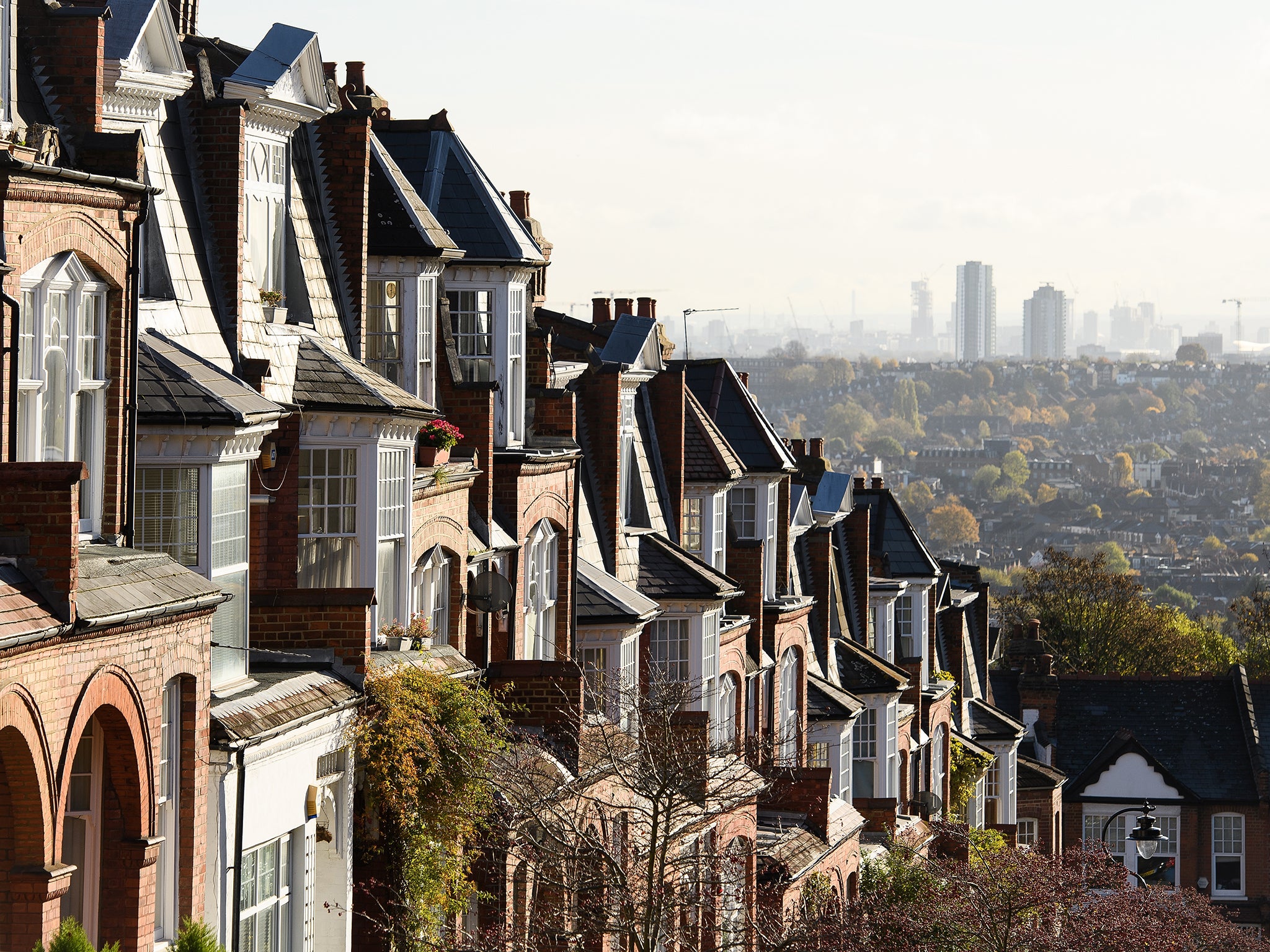Help to Buy scheme pushed up house prices, study finds
Official study shows most borrowers could afford a home anyway while confusion reigns among struggling savers

An in-depth study of the government’s Help to Buy loan scheme shows the deal not only supported those who didn’t need the money, but also helped inflate already high property prices.
The public spending watchdog this week revealed that only 37 per cent of the 211,000 buyers who used the scheme to claim almost £12bn to the end of 2018, wouldn’t have otherwise been able to afford a home.
In fact, almost one in five borrowers weren’t first-time buyers at all.
Meanwhile, as many economists and property experts also predicted when the scheme was first launched, the National Audit Office (NAO) this week said the scheme has boosted profits for big property developers Redrow, Bellway, Taylor Wimpey, Barratt and Persimmon.
Earlier this year Persimmon became the first housebuilder in the UK to announce profits of more than £1bn a year.
“It’s now beyond clear that rather than helping those who can’t afford to buy a home, Help to Buy has mainly been a subsidy for a housing bubble, benefiting property developers and existing homeowners,” says Fran Boait, executive director of Positive Money
The scheme, which provides loans of up to 20 per cent of a property’s value, or 40 per cent in London, has also “tied up significant financial capacity” that could have been used for other housing schemes, the NAO found.
“The government’s greatest challenge now is to wean the property market off the scheme with as little impact as possible on its ambition of creating 300,000 homes a year from the mid-2020s,” said Gareth Davies, head of the NAO.
“Instead of policy interventions like Help to Buy which incentivise lending towards property, the Treasury and the Bank of England should introduce measures which encourage investment towards productive economic activity,” adds Ms Boait.
“Only this wholesale shift in investment will allow a rebalancing of the UK economy away from unsustainable asset-price led growth and begin to make homes affordable.”
What next for first-time buyers?
But benefiting the general economy by missing out on the kind of leg up that previous buyers have enjoyed will be a hard sell to upcoming would-be buyers.
With mounting pressure now on the government to review if not scrap the loan deal, the Help to Buy ISA, which forms the second part of the government’s first-time buyer support strategy, is already set to close to new applicants at the end of November.
The ISA offers first-time buyers the opportunity to save up to £200 a month with the government topping up their contributions by 25 per cent, up to a maximum of £3,000 in total.
And yet most of those who could benefit don’t understand it, warns specialist bank Aldermore.
Launched more than three years ago, more than 80 per cent of those who had even heard of the Help to Buy ISA don’t know the details of the government bonus and more than 60 per cent are unaware of the cut-off date.
The Help to Buy ISA is being replaced by the Lifetime ISA, aimed at those hoping to either buy a first home or save for retirement. This ISA allows savers aged between 18 and 40 to set aside up to £4,000 a year with a government bonus of 25 per cent a year up to a maximum of £1,000.
While the Help to Buy ISA only offers the top up to £3,000, the Lifetime ISA maximum is offered every year until the age of 50. That could mean a maximum free top up of £32,000 in total if you start one as soon as you turn 18.
The problem is that so far very few providers are offering the Lifetime ISA.
“There are just three cash Lifetime ISA offerings for savers to choose from, compared to 27 Help to Buy ISA providers,” says Laura Suter, personal finance analyst at investment platform AJ Bell.
“What’s more this lack of competition is hitting savers’ pockets, as the top Help to Buy ISA interest rate is 3 per cent, compared with the top Lifetime ISA that pays 1.1 per cent.
“With the Help to Buy ISA’s days numbered we would hope that providers are working behind the scenes to launch a Lifetime ISA later this year, which in turn will boost take-up among first-time buyers and lead to a healthier market.”
In the first year of its launch, 166,000 people opened a Lifetime ISA saving a total of £517m, but there’s no doubt that more providers would build more awareness, and more people would know that they can use the ISA to get up to £1,000 a year towards their first home.
“If you already have a Help to Buy ISA you can keep paying into it for another decade, and you have until 1 December 2030 to claim your government bonus,” Ms Suter adds.
“Alternatively you can transfer to a Lifetime ISA and benefit from a higher limit of £450,000 on the value of the property you can buy, a bigger potential government bonus each year and the ability to save lump sums rather than just monthly.”
Subscribe to Independent Premium to bookmark this article
Want to bookmark your favourite articles and stories to read or reference later? Start your Independent Premium subscription today.

Join our commenting forum
Join thought-provoking conversations, follow other Independent readers and see their replies